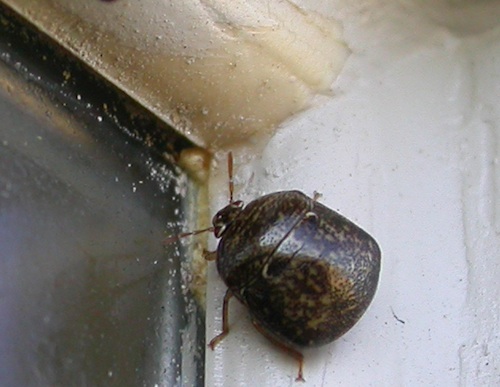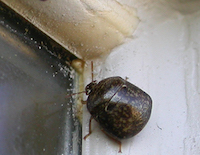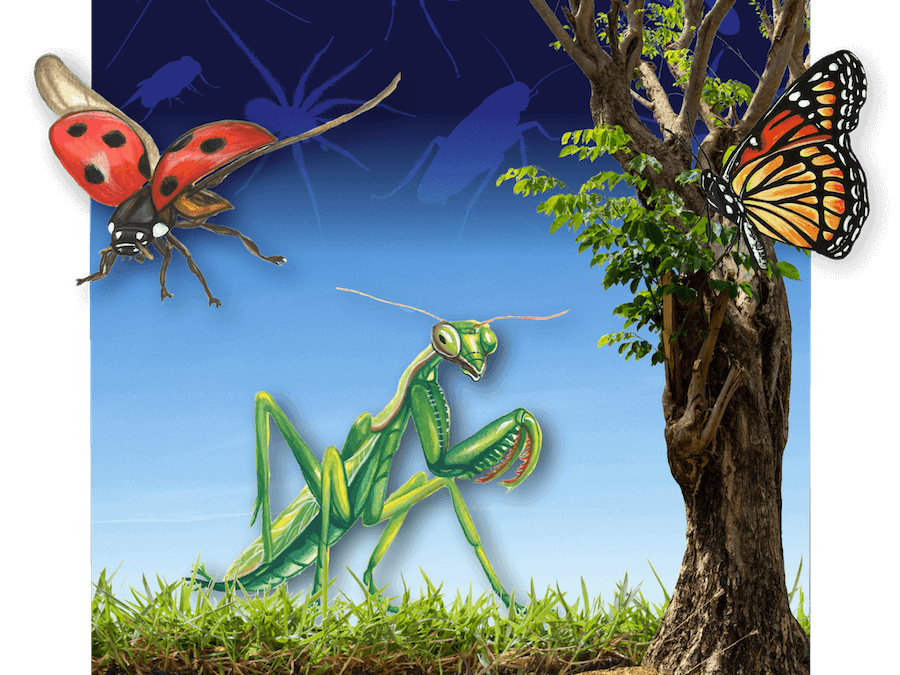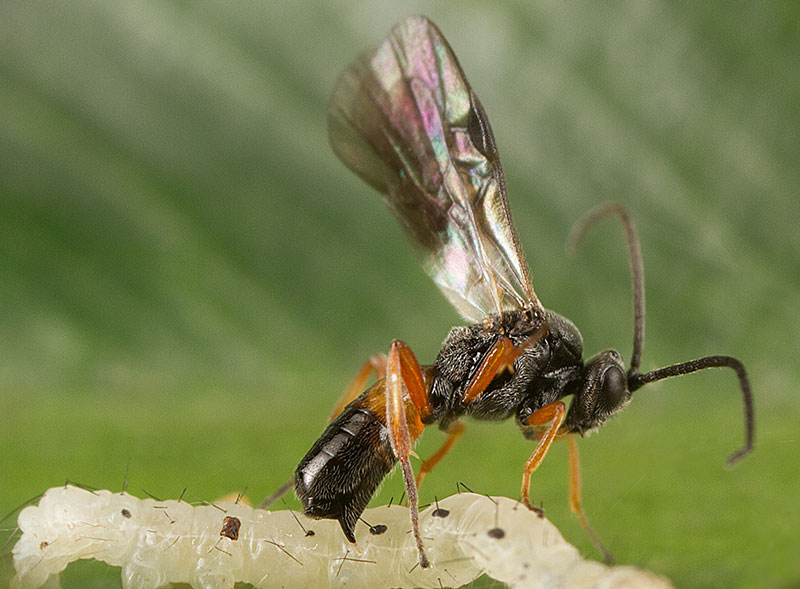Temperatures are finally dropping in Georgia and people are staying inside to keep warm, and so are the famous kudzu bugs. University of Georgia experts offer tips on how to keep the tiny pests from invading your home.
Megacopta cribraria, also known as the kudzu bug, is preparing for winter by moving from its preferred host, kudzu, to protected sites where it will spend the winter, said Wayne Gardner, an entomologist with the UGA College of Agricultural and Environmental Sciences.
They head to white
The adult bugs are attracted to light-colored surfaces, and the current mass migration into houses and other structures has resulted in numerous calls to area pest control offices and UGA Cooperative Extension offices for advice.
“The cool temperatures we have been experiencing coupled with the senescing of kudzu are likely causes of the mass migration,” Gardner said. “The same phenomenon was seen in the late fall of 2009 and 2010 when the bugs moved from kudzu in search of sites in which they will spend the winter in a mostly inactive state.”
The adult kudzu bugs will emerge in the spring, lay eggs on sprouting kudzu and begin building large populations. In addition to dining on kudzu, the pest also feeds on soybeans and other legumes, including beans in home gardens.
Gardner, and other CAES researchers, are searching for ways to control the insect in both urban and farm environments.
“We are hopeful that the large numbers of these insects we currently see reflect a ‘colonization effect’ of these recent invaders from Asia. If so, we will likely see kudzu bugs reach an ecological equilibrium in which their numbers are not as high as we see now,” he said.
Tips to help keep them out
Until a control is found, UGA experts offer the following tips to homeowners who want to keep the pest at bay:
• Seal, with caulk or screen, all cracks around windows and doors. Make sure there are no gaps under doors and around soffits. Install doorsweeps on all outside doors if necessary.
• Do not kill kudzu bugs indoors. Use a vacuum to remove them. This will prevent the noxious odor/exudate they expel from penetrating and, perhaps, staining indoor surfaces.
• At this time of year, kudzu bugs are most active in the afternoon as temperatures warm up later in the day. Plan outdoor activities in the morning, if possible, or move activities indoors.
• Kudzu bugs can be killed with pyrethroid insecticides applied directly to the insects, e.g., while resting on outside walls. When using an insecticide, read and follow the product’s label (it’s the law). Never use a pyrethroid insecticide in an area where it might contaminate water. These insecticides are very toxic to fish and other aquatic life. Alternatively, homeowners can contact a local pest management company and have them inspect and evaluate the situation.
• To date, no traps have been commercialized or shown to be effective in attracting and killing large numbers of kudzu bugs. And, scientifically valid chemical attractants have not yet been identified.
• Removing kudzu from your property may help reduce the nuisance of these pests, but they are known to fly long distances and may emerge from other kudzu growing in the vicinity.
“We have seen peaks of flight activity in the past two to three weeks,” Gardner said. “But, based on our experience in 2009 and 2010, the flights will subside and cease in the next few weeks as colder temperatures prevail and the insects become inactive for the winter.”
The bugs will emerge from their winter slumber in the spring of 2012. “We’ll see them feeding on and reproducing in kudzu in early spring,” he said. “And the whole cycle will begin again.”








